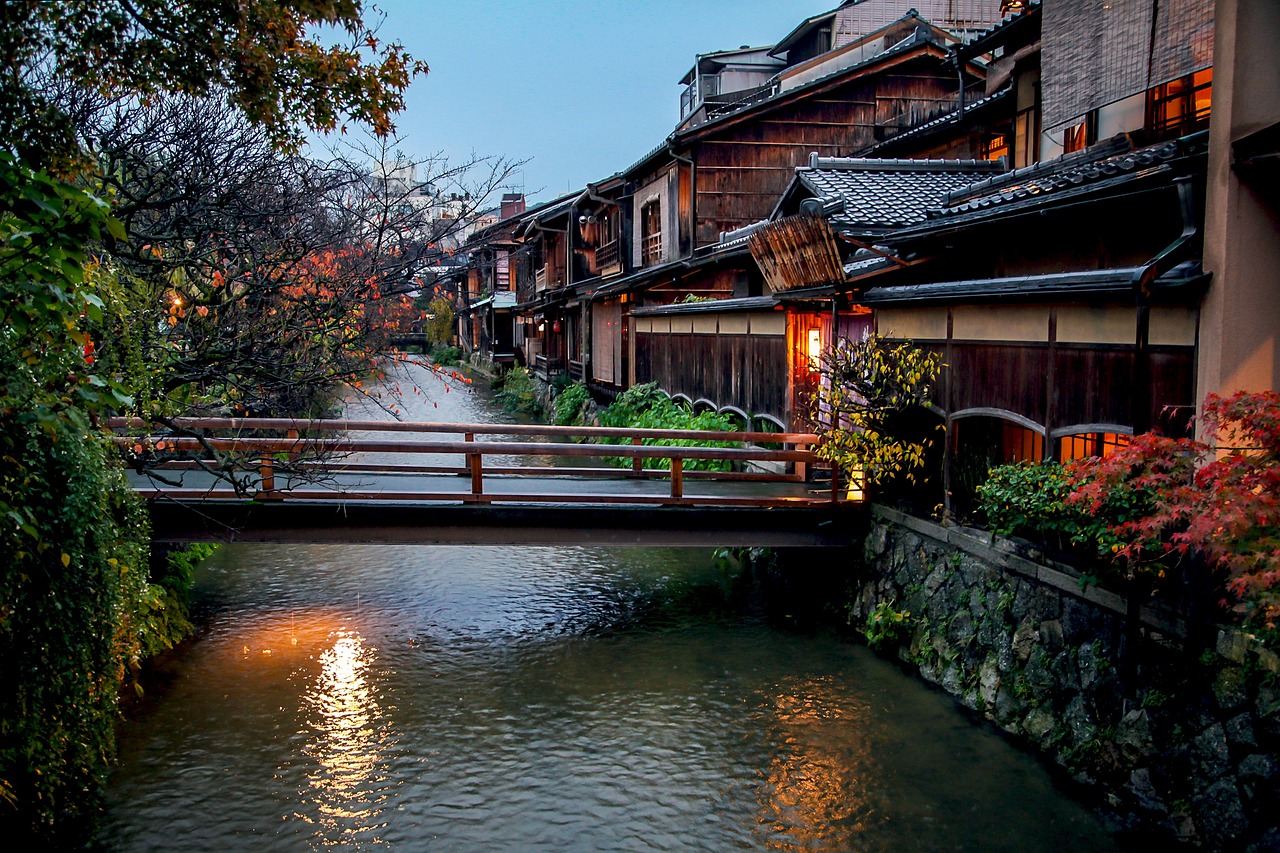Japan, a country of four distinct seasons, offers unique experiences for travelers year-round. Understanding the best time to visit can significantly enhance your trip. Let’s explore Japan’s seasons and what they have to offer in detail.
Spring (March to May)
Spring is arguably the most popular time to visit Japan, and for good reason.
Cherry Blossom Season
- The cherry blossom (sakura) season is the highlight of Japanese spring, typically lasting from late March to early April.
- Tokyo and Osaka usually see full bloom in early April.
- Blossom timeline:
- Late March: Southern regions start blooming
- Early April: Central areas like Tokyo and Kyoto in full bloom
- Mid-April: Northern regions bloom
- Tip: Domestic travel increases during this period, so book accommodations well in advance.
Weather and Activities
- Temperatures are pleasant, ranging from 5-13°C (41-55°F) in Tokyo in March, rising to 15-23°C (59-73°F) by May.
- April offers ideal conditions for sightseeing with longer daylight hours and typically dry, clear weather.
- Golden Week (late April to early May) is a busy travel period – expect crowds and higher prices.
- Spring activities:
- Hanami (cherry blossom viewing parties)
- Spring festivals and matsuri
- Early spring plum blossom viewing
Summer (June to August)
Japanese summers bring warmth, festivals, and outdoor adventures.
Rainy Season and Typhoons
- The rainy season (tsuyu) typically lasts from early June to mid-July.
- Okayama: Around June 7 to July 21
- Tokyo: Around June 8 to July 20
- Sapporo: Around June 20 to July 31
- August is peak typhoon season, particularly in Okinawa, Kyushu, and Shikoku.
Weather and Activities
- July and August are hot and humid, with temperatures often exceeding 30°C (86°F).
- Tokyo average in July: 23-29°C (73-84°F)
- Tokyo average in August: 24-31°C (75-88°F)
- Summer activity recommendations:
- Hiking in Hokkaido, cooler mountain resorts
- Beach holidays in Okinawa
- Summer festivals (matsuri) and fireworks displays
- Mount Fuji climbing (open from early July to mid-September)
- Obon in mid-August is a major holiday when many Japanese return to their hometowns.
Autumn (September to November)
Autumn is another fantastic time to visit Japan, rivaling spring in popularity.
Autumn Colors
- Autumn foliage viewing typically begins in late September in Hokkaido and moves southward.
- November is ideal for viewing autumn colors in most parts of Japan.
- Autumn color timeline:
- Late September: Hokkaido
- Mid-October: Tohoku region
- Mid-November: Central Japan (Tokyo, Kyoto)
- Late November: Southern regions
Weather and Activities
- September can still be warm, but October and November offer comfortable temperatures.
- Tokyo average in October: 15-22°C (59-72°F)
- Tokyo average in November: 10-17°C (50-63°F)
- Excellent for outdoor activities and sightseeing.
- Travel activity is lower, except around popular autumn leaf viewing spots.
- Autumn activity recommendations:
- Momijigari (autumn leaf viewing)
- Local harvest festivals
- Seasonal cuisine like matsutake mushrooms and chestnuts
Winter (December to February)
Winter in Japan offers unique experiences, especially for snow sports enthusiasts.
Snow and Winter Sports
- Northern Japan and the Japan Sea coast receive significant snowfall.
- It’s the best time for winter sports, particularly in Hokkaido.
- Notable ski resorts:
- Hokkaido: Niseko, Furano
- Honshu: Hakuba (Nagano), Echigo-Yuzawa (Niigata)
Weather and Activities
- Temperatures in Tokyo range from 2°C to 10°C (36°F to 50°F).
- Temperatures in Sapporo range from -4°C to 2°C (25°F to 36°F).
- Days are shorter, with sunset around 4:30 PM in Tokyo.
- New Year is a major travel season with many businesses closed from December 29 to January 4.
- February is ideal for winter scenery, such as snow-covered landscapes in Shirakawa-go.
- Winter activity recommendations:
- Onsen (hot spring) bathing
- Viewing snow-covered landscapes like the Japanese Alps
- Winter illumination events, such as the Sapporo Snow Festival
Key Considerations
- Avoid peak travel seasons like Golden Week and Obon (mid-August) if you prefer fewer crowds.
- Consider regional differences:
- Hokkaido is cooler year-round
- Okinawa has a subtropical climate and remains relatively warm even in winter
- Regularly check the Japan Meteorological Agency website for up-to-date weather information.
- Pack appropriate clothing and gear for different seasons.
Best Time to Visit Japan Conclusion
Each season in Japan offers its own unique charm. The best time to visit depends on your interests, whether it’s cherry blossoms, autumn foliage, summer festivals, or winter sports. Plan carefully, choose the time that suits you best, and you’re sure to have an unforgettable trip to Japan!
For more information, visit https://www.japan.travel/
